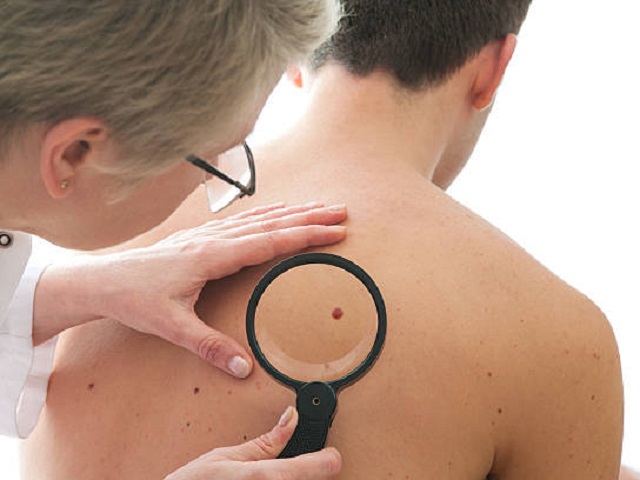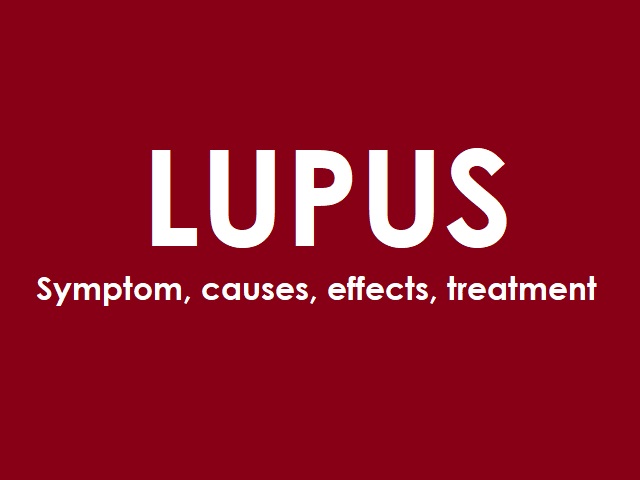6 Signs You May Have Melanoma -- Symptoms, Causes, Effects, Treatment and Prevention
Melanoma is a type of skin cancer that develops from the pigment-producing cells called melanocytes. It is considered the most dangerous form of skin cancer due to its ability to spread to other parts of the body. Melanoma can occur on any area of the skin and can also develop in other tissues where melanocytes are found, such as the eyes or mucous membranes.
Symptoms of Melanoma
Common signs and symptoms of melanoma include:
- New or changing mole: Melanomas often appear as a new mole or an existing mole that changes in size, shape, color, or texture.
- Irregular borders: Melanomas may have irregular or notched borders.
- Asymmetry: One half of the mole or lesion does not match the other half.
- Varied colors: Melanomas may exhibit a variety of colors, including shades of brown, black, blue, red, or white.
- Large size: Melanomas are generally larger in diameter than an average pencil eraser.
- Itchiness or tenderness: Some melanomas may cause itching, pain, or tenderness.
Diagnosis of Melanoma
The diagnosis of melanoma involves a combination of clinical evaluation, dermoscopy (a magnified examination of the skin), and a biopsy. A healthcare professional will assess the suspicious skin lesion and may perform a skin biopsy to analyze the tissue under a microscope for definitive diagnosis.
Causes of Melanoma
The primary cause of melanoma is exposure to ultraviolet (UV) radiation from the sun or artificial sources, such as tanning beds. Other risk factors include:
- Fair skin: People with fair skin, light hair, and light eye color are at a higher risk.
- Family history: Having a family history of melanoma increases the risk.
- Multiple moles: Having many moles or atypical moles increases the risk.
- Weakened immune system: Individuals with weakened immune systems are at an increased risk.
- Previous melanoma: Having had melanoma in the past increases the risk of developing another.
Effects of Melanoma
If left untreated, melanoma can metastasize and spread to other parts of the body, leading to severe complications and potentially becoming life-threatening. It can affect vital organs, lymph nodes, and distant tissues, impacting overall health and survival.
Treatment of Melanoma
The treatment of melanoma depends on various factors, including the stage of the cancer. Treatment options may include:
- Surgery: Surgical removal of the melanoma and nearby lymph nodes, if necessary.
- Radiation therapy: High-energy beams to target and destroy cancer cells.
- Chemotherapy: Medications that kill cancer cells or stop their growth.
- Immunotherapy: Drugs that help the immune system recognize and attack cancer cells.
- Targeted therapy: Medications that specifically target genetic mutations in melanoma cells.
Prevention of Melanoma
Preventive measures to reduce the risk of melanoma include:
- Sun protection: Limiting sun exposure, especially during peak hours, wearing protective clothing, and using sunscreen with a high sun protection factor (SPF).
- Avoiding tanning beds: Avoiding the use of tanning beds or sunlamps, which emit harmful UV radiation.
- Regular skin self-exams: Performing regular self-examinations to detect any new or changing moles or skin abnormalities.
- Professional skin examinations: Undergoing regular skin examinations by a healthcare professional, particularly for individuals at higher risk.
References:
American Cancer Society. (2021). Melanoma Skin Cancer. Retrieved from https://www.cancer.org/cancer/melanoma-skin-cancer.html
Skin Cancer Foundation. (2021). Melanoma. Retrieved from https://www.skincancer.org/skin-cancer-information/melanoma/














